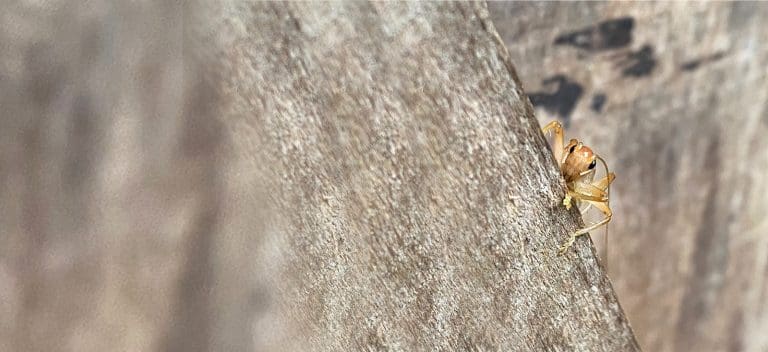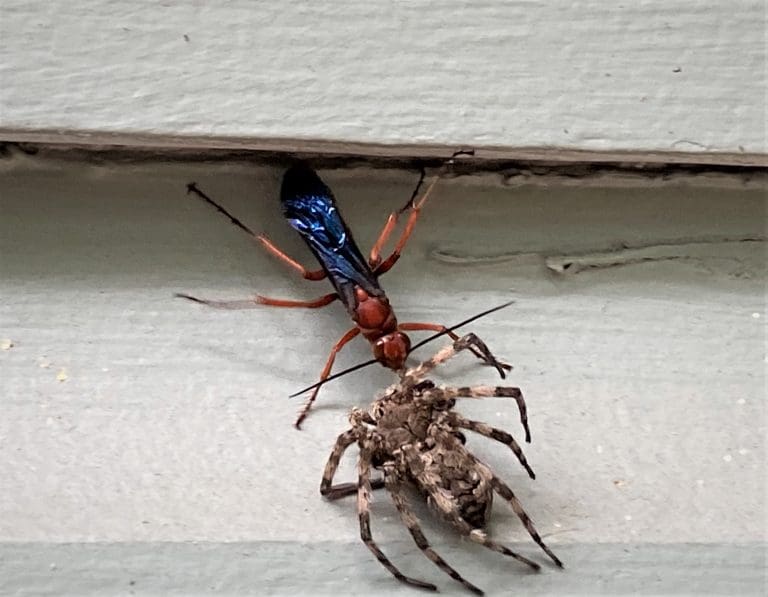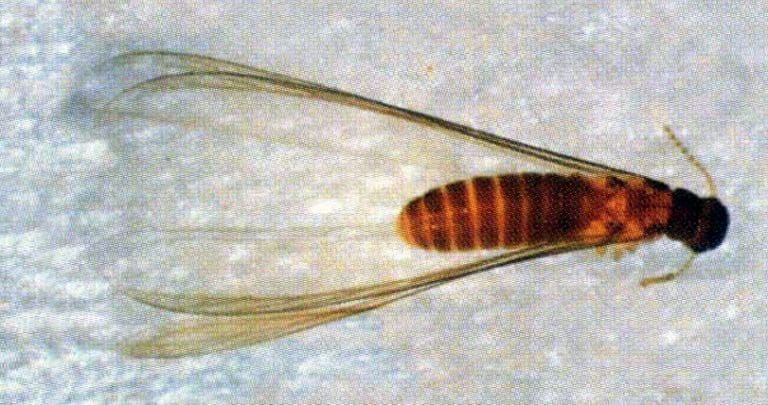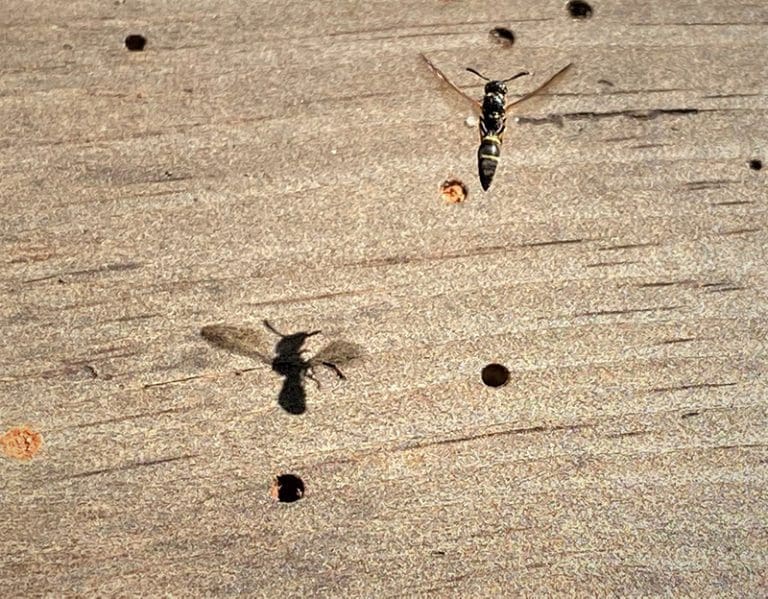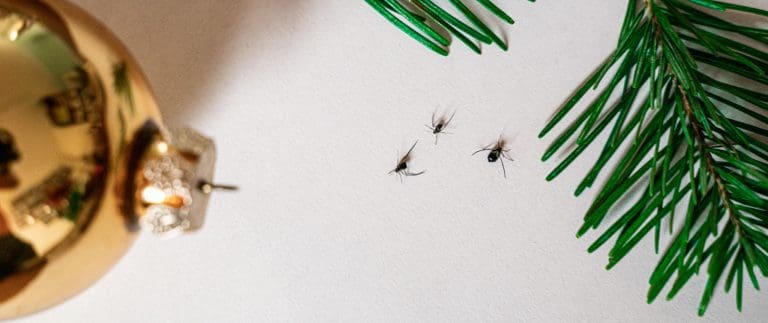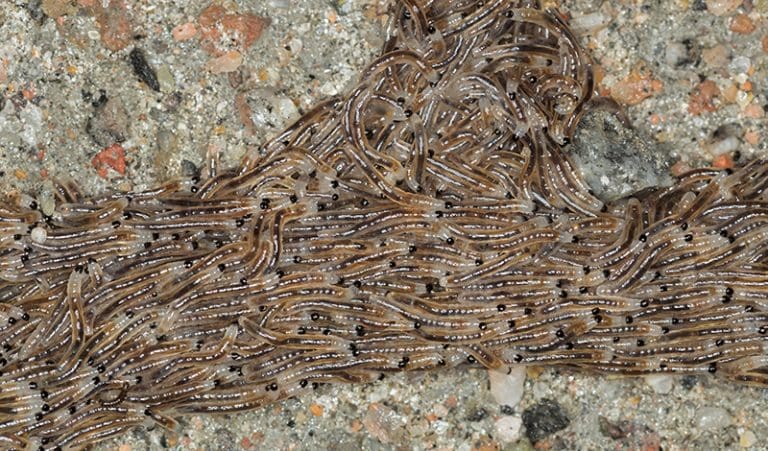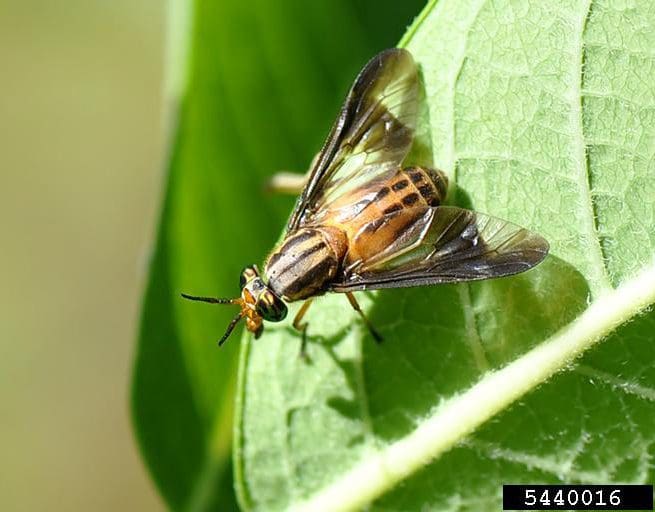Home For The Holidays
As we approach the holidays during a pandemic, many of you will not be having invited holiday guests this year. However, you may have uninvited guests such as the house centipede, Scutigera coleoptrata.
When temperatures turn colder, many critters such as centipedes become more active indoors. The house centipede is striking compared to other species in that they have very long appendages, making them almost appear fuzzy.
In general, centipedes are often called “100‑legged worms” due to their many legs. The are not worms, nor insects, but rather chilopods (Class: Chilopoda). Centipedes are predators. Most types of centipedes feed on small creatures like insects. They run down their prey, bite them with their jaws and kill the prey by injecting them with venom. Occasionally, centipedes may bite people, but the poison usually produces only a moderate reaction, like a bee sting.


House centipedes are found in many habitats, but they prefer dark moist areas such as in basements, closets, bathrooms and around potted plants. It is not unusual to find house centipedes trapped in sinks or bathtubs, unable to climb out due to the slippery surfaces.
House centipedes are rarely serious pests; however, most people do not like them indoors. The first step in controlling centipedes is removal or altering objects that provide harborage. Outside, wherever possible, reduce or eliminate rock piles, wood piles, leaves, mulch and general debris close to the structure. Exclude centipedes from entering the home by making sure doors and windows fit tightly and caulking cracks and crevices that permit entry inside. If they are inside, reduce any clutter and moist areas where centipedes are seen. Insecticide sprays or dusts can reduce the number of centipedes and their food (insects). Use insecticide sprays or dusts in cracks and crevices where centipedes are found. Centipedes are not known to be resistant to any insecticides, so most products appropriately labeled for the site where you are making the application should work.
Author: Dr. Eric Benson, ,PhD, BCE, Professor Emeritus & Extension Entomologist, College of Agriculture, Forestry and Life Sciences

